Navigating the Future: A Comprehensive Guide to Secure Access Service Edge (SASE)
In a digital landscape where the demand for secure access to cloud-based resources is ever-growing, businesses are turning to Secure Access Service Edge (SASE) to safeguard their systems. This single-service, cloud-native security framework is revolutionizing the way organizations approach network and security technologies, providing 24/7/365 protection from threats and unauthorized access.
Understanding SASE
SASE, pronounced “sassy,” integrates multiple components, including Software-Defined Wide-Area Networking (SD-WAN), Firewall as a Service (FWaaS), Secure Web Gateways (SWG), Zero Trust Network Access (ZTNA), and Cloud Access Security Broker (CASB). These components, delivered “as a service,” create a unified framework accessible anytime, anywhere. SASE employs policy-based security, offering enterprises secure access and unified management with end-to-end visibility and self-healing capabilities.
The Adoption Surge
The escalating need for heightened security and access control has fueled the adoption of SASE. The surge in remote users, software-as-a-service (SaaS) applications, and the shift of data to cloud services are driving factors. According to Gartner, 75% of respondents in their 2022 survey are set to implement SASE by 2024 or later, indicating rapid market growth.
Key Benefits of SASE
SASE transforms infrastructure, providing optimized high-performance connectivity for all network users. It accelerates application modernization, supports cloud infrastructure, ensures secure application migration, and enhances user experience. With support for distributed architecture and edge computing, SASE offers consistent security based on user identity. It streamlines operations, supports mergers and acquisitions, and facilitates secure third-party access and collaboration.
Addressing Challenges
SASE tackles visibility and control challenges with its cloud-based architecture. Regular maintenance and security tasks are performed seamlessly, freeing up IT teams to focus on strategy and innovation.
Practical Use Cases
-
- Public WiFi Threat Mitigation: SASE reduces threats for employees working remotely or traveling, particularly in public spaces.
- Remote Work Security: SASE helps secure access to applications and resources in work-from-home environments, addressing concerns about shared devices.
- Branch Office Optimization: Branch offices leverage SASE for enterprise resources, moving away from premises-based solutions.
- Context-Aware Security: In-office scenarios benefit from SASE’s ability to monitor behavior and adjust permissions based on context.
- Cloud Computing Security: Enterprises relying on cloud computing find enhanced security and traffic management with SASE.
AireSpring’s Managed SASE Solution
AireSpring’s SASE solution utilizes Fortinet’s best-of-breed SASE solution, offering a comprehensive, cloud-based platform, and providing enterprises with full visibility and control for reliable security from any location. See our info on SASE to explore this innovative solution further.
















